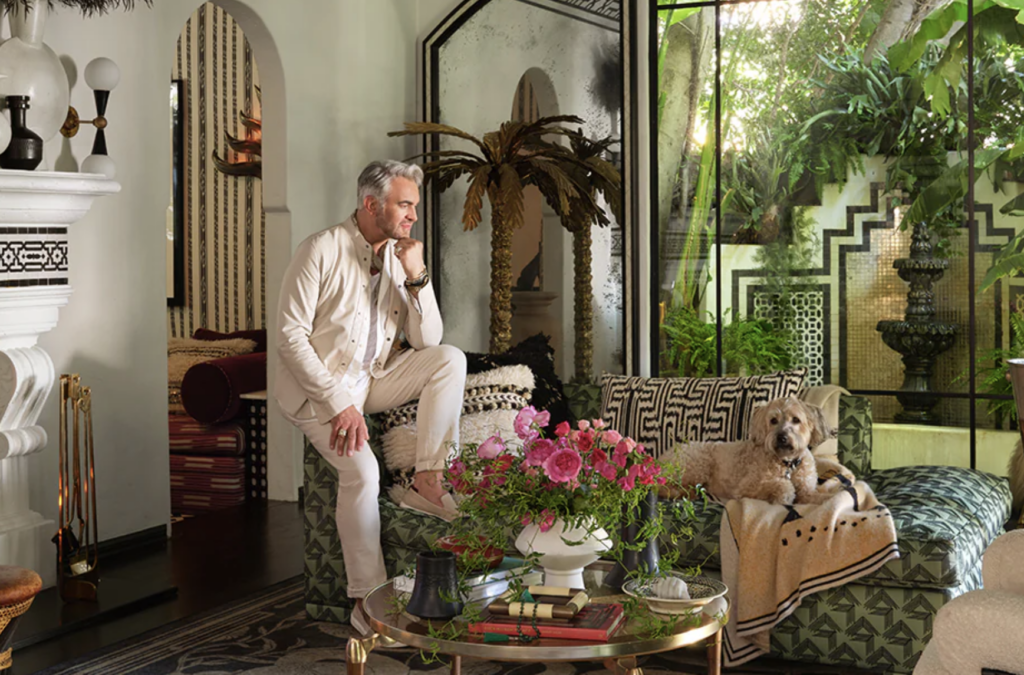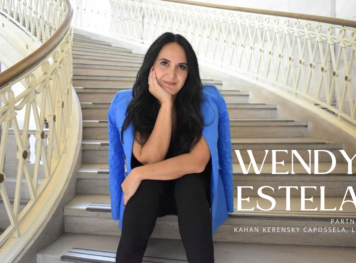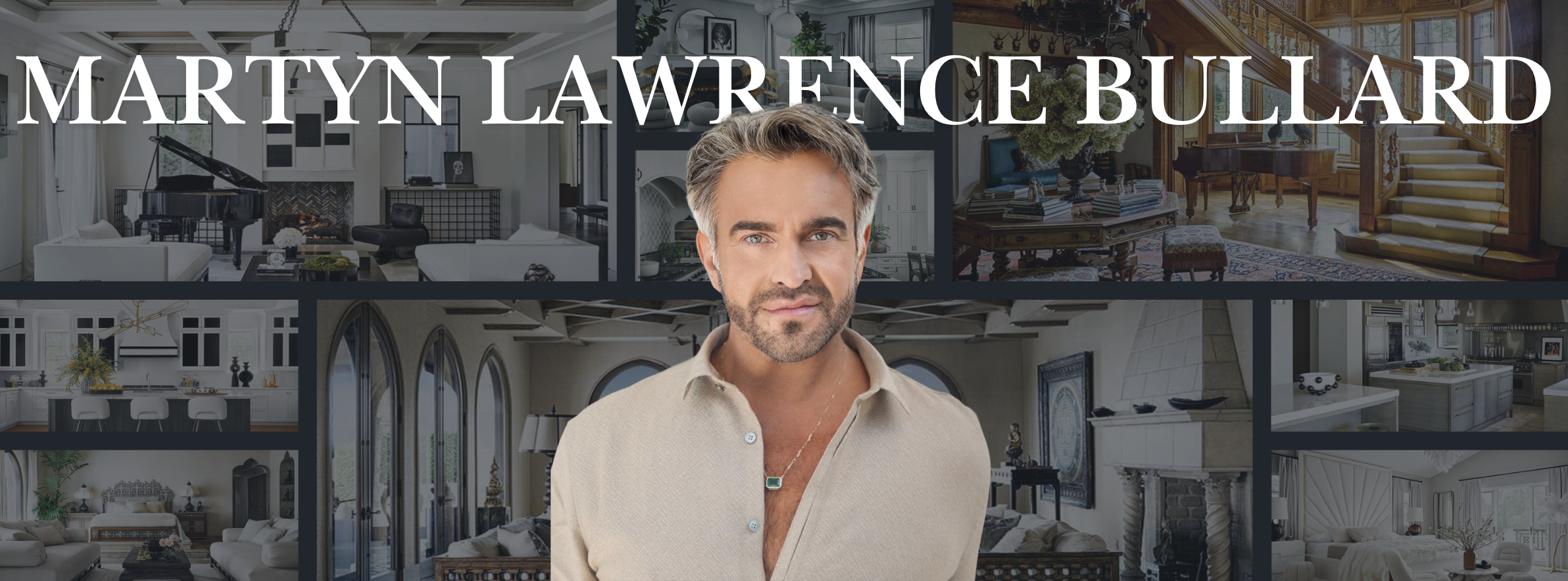
By Lindsay Field Penticuff
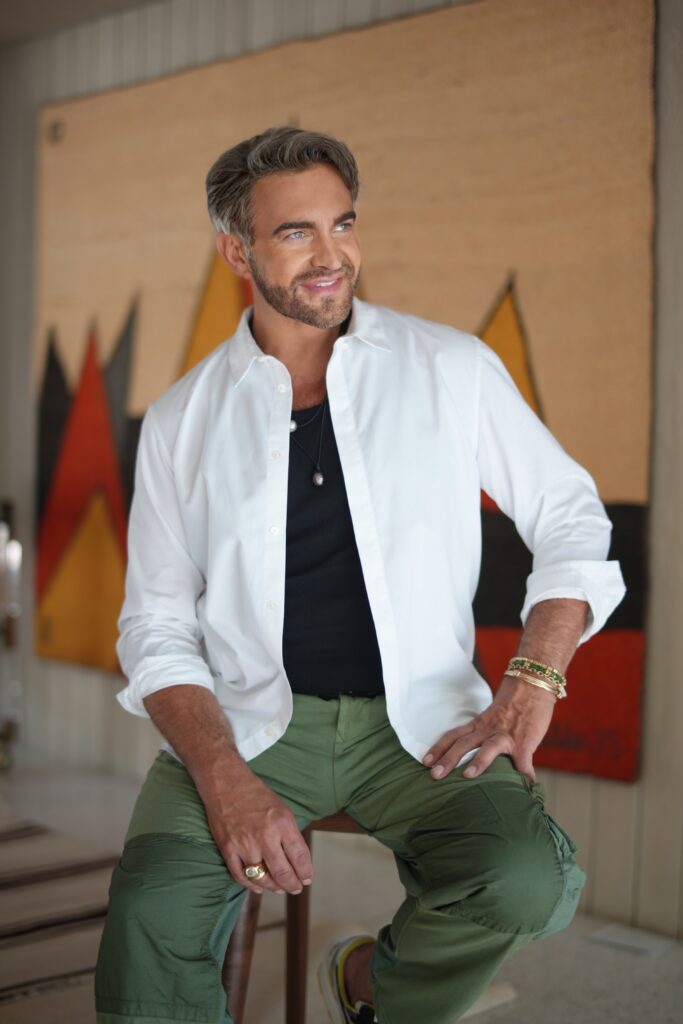
It’s been a pretty wild ride, according to celebrity interior designer Martyn Lawrence Bullard when describing his career in the industry.
“I was born in England, but I’ve lived in Los Angeles for 35 years now,” he says. “I came over here to be an actor at 21 years old.”
Between gigs, Bullard supported himself by going to flea markets, buying and selling antiques, and bits of jewelry—anything he could do to make money while sustaining his passion for becoming a movie star.
“That didn’t really work out,” he admits, “but I was in a movie where I played opposite Eartha Kitt and I befriended the producer of that movie who came to a very tiny house I had back then because I didn’t have any money, and they loved it.”
Seeing firsthand what Bullard could do with his passion for design, he was invited by the producer to design the offices at Hollywood Film Works on Sunset Boulevard.
“I thought it was so crazy, but I still did it,” he shares with a smile. “I didn’t know what I was doing, but the day it was finished, the president of Capital Records, Liz Heller, called me and said, ‘I’ve just been to the Hollywood Film Works office, will you come and look at doing my offices?’”
Bullard ended up meeting with Heller, becoming fast friends, then while attending her wedding met Cheryl Tiegs, the world’s first-ever super model.
“Cheryl hired me by the end of the wedding to decorate her brand-new house, and nine months later, we were on the cover of nine magazines around the world and my career was born,” he says, adding that he was about 22 years old at the time. “It was pretty wild!”
We had the pleasure of interviewing Bullard, one of the more award-winning designers in America, digging in to learn more about his love for interior design, what inspires him when creating for A-list celebrities like Cher and RuPaul, the advice he has for other designers and a favorite piece—or pieces in this case—in his home. Learn more in the Q&A below:

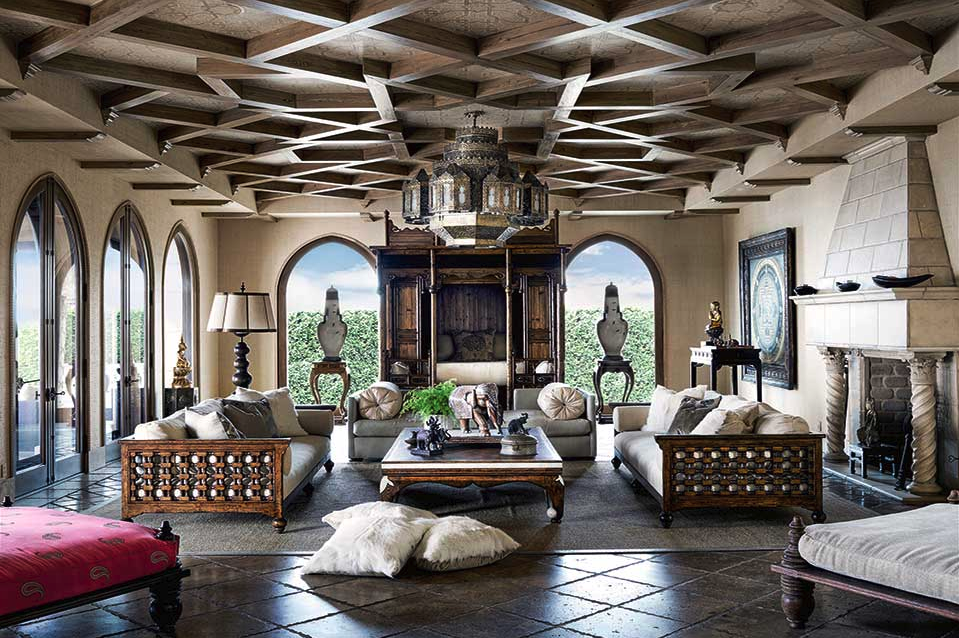
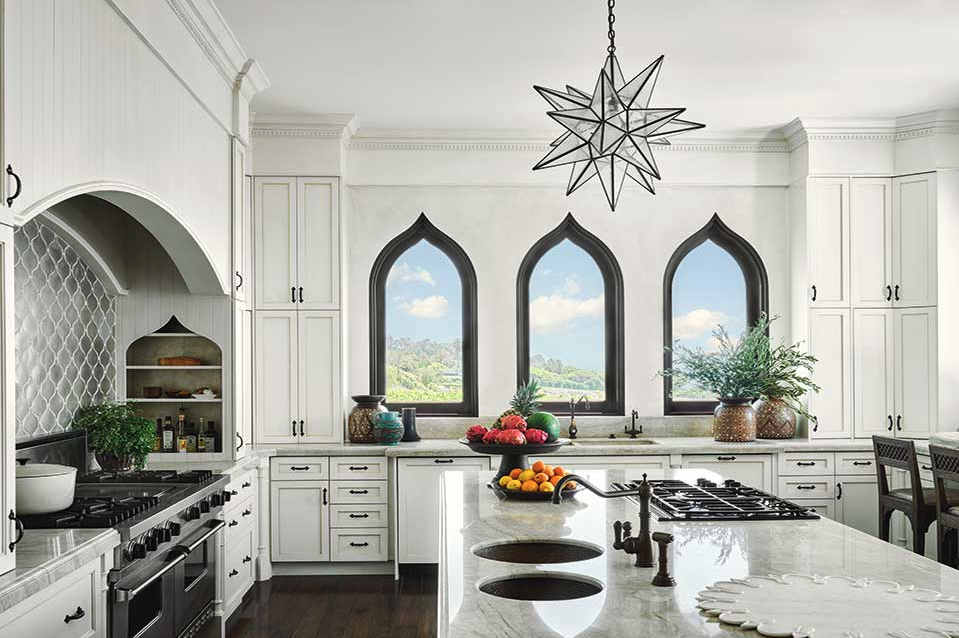
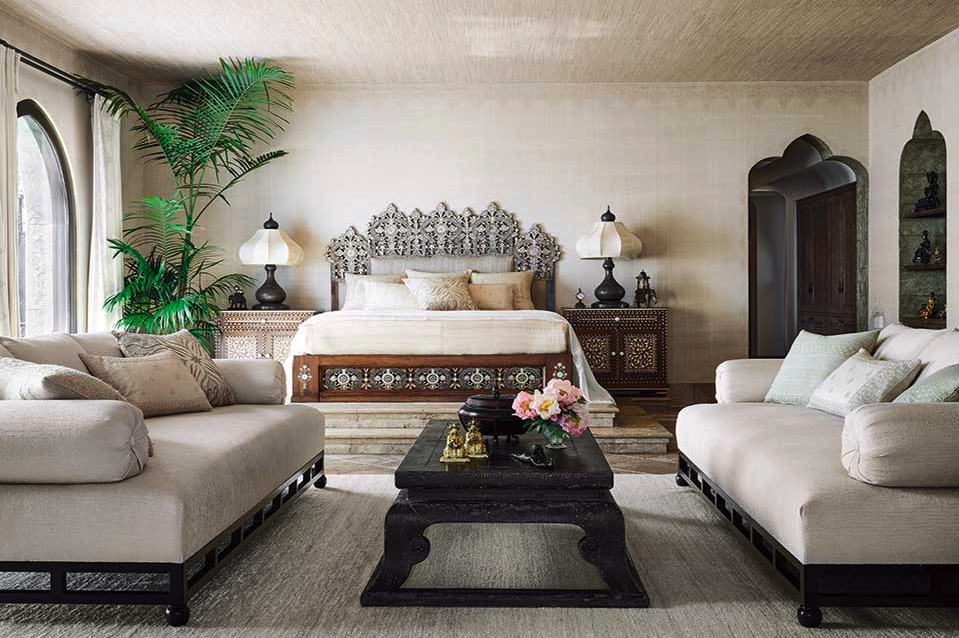
You’ve had a fascinating journey, from selling antiques as a teenager to becoming a renowned interior designer. Can you share more about how your early experiences at the Greenwich Antiques Market influenced your design philosophy?
“From the age of 12, I was learning how to pair and display items together so they looked even better, and people were willing to pay more for them. The hands-on experience of doing—touching, feeling and understanding—that if I could pair something up with another object and make it look more beautiful, I could sell it for a profit. That was really something that has been invaluable to the understanding of this career.”
Your transition from acting to interior design was unique. How did your background in acting and your time at the Lee Strasberg Actors Studio contribute to your approach to design and working with clients?
“My acting experience has been something quite invaluable. At the end of the day, it’s all a performance—the way you present your designs and the way you present to the client is inevitably the way you sell your project. You could present the most beautiful design in the world, but if you aren’t presenting it with confidence, as a showman, you aren’t going to sell it. From my acting training, I learned how to perform, how to sell the show, how to become the character. That is a vital part of who I am today.”
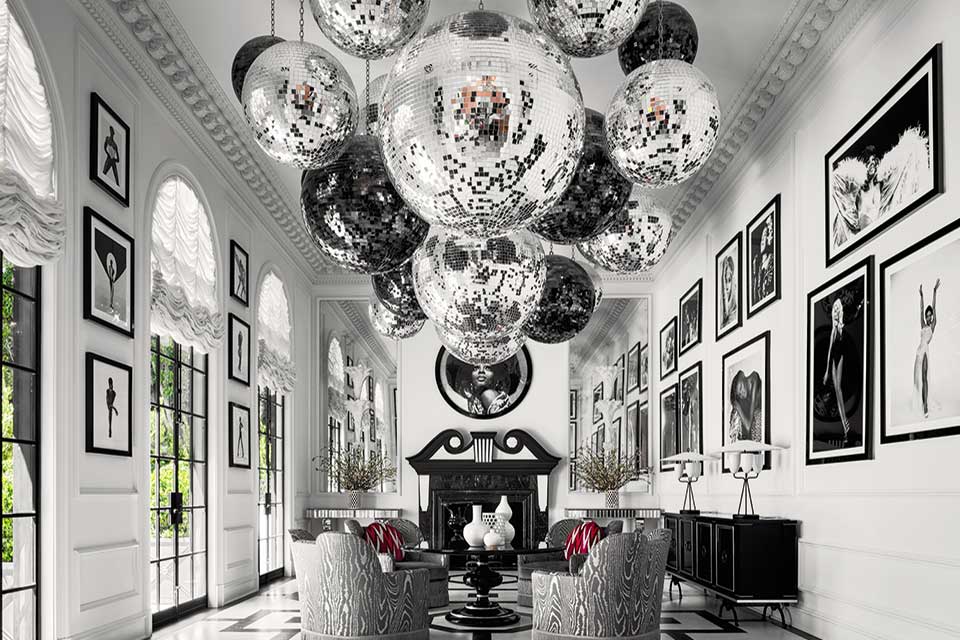
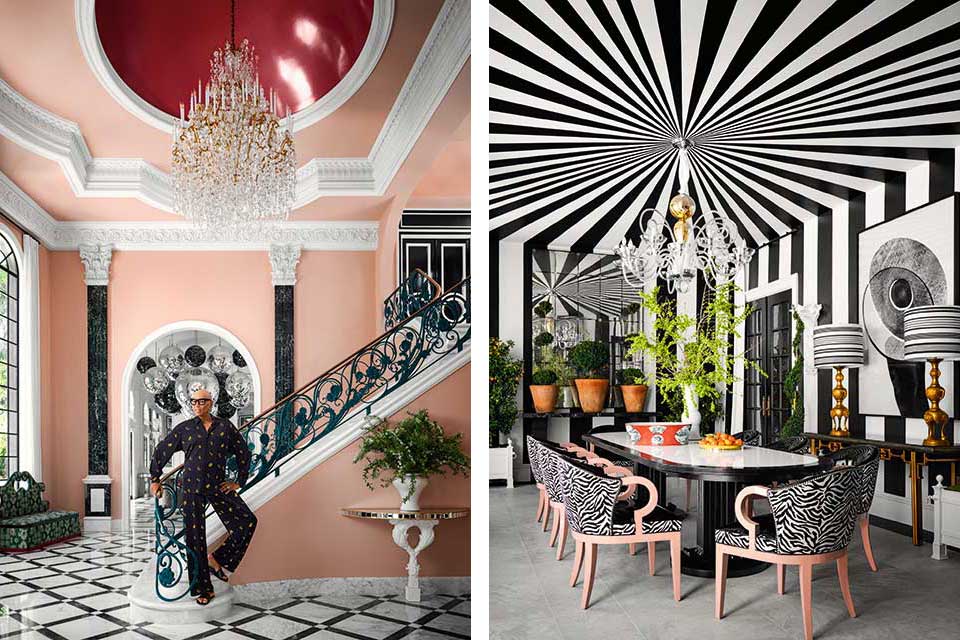
You’ve designed homes for many A-list celebrities, including Cher and RuPaul. How do you balance their unique personalities and lifestyles with your own design aesthetic to create spaces that truly reflect who they are?
“It’s very important to get to know someone as much as you can; get to know who they are, what they want, what their goals are, what their decorative desires are. Once you have all that information, you can start to really formulate something that is representative of their character. To me, design is not just about making pretty spaces, it’s about tapping into who the person is and really making their decorative dream a reality. Quite often, that means a conversation, finding out what they love, what they don’t’ love, where they like to vacation, where they go out to eat, what they don’t like about their current house, what they like about their best friend’s house. It’s a series of getting-to-know-you questions that eventually formulate the threads to create a tapestry of their final decorative fantasies.
“I’m not here to impose my style, my look, my feel. My career has encompassed everything from the most ancient to the most modern, and that is because those elements have captured what clients want and what part of their personality they want to incorporate at that time. It’s all about understanding the current phase of someone’s life, giving them the tools to move into the future. The fact that I’ve created for so many extraordinary clients and from all different walks of life, it’s been amazing to be able to understand who they are at that point and where they want to go, and how we get there. Those creatives—those wonderful people like fashion designers, actors and musicians—are always open to that because they are always looking for more; new inspiration, new ways to expand their life. As a decorator, that’s the most ideal client you could ever have.”
Your new book, “Star Style,” offers an inside look at celebrity homes. Can you share a particularly memorable or surprising moment from working on this book that readers might not expect?
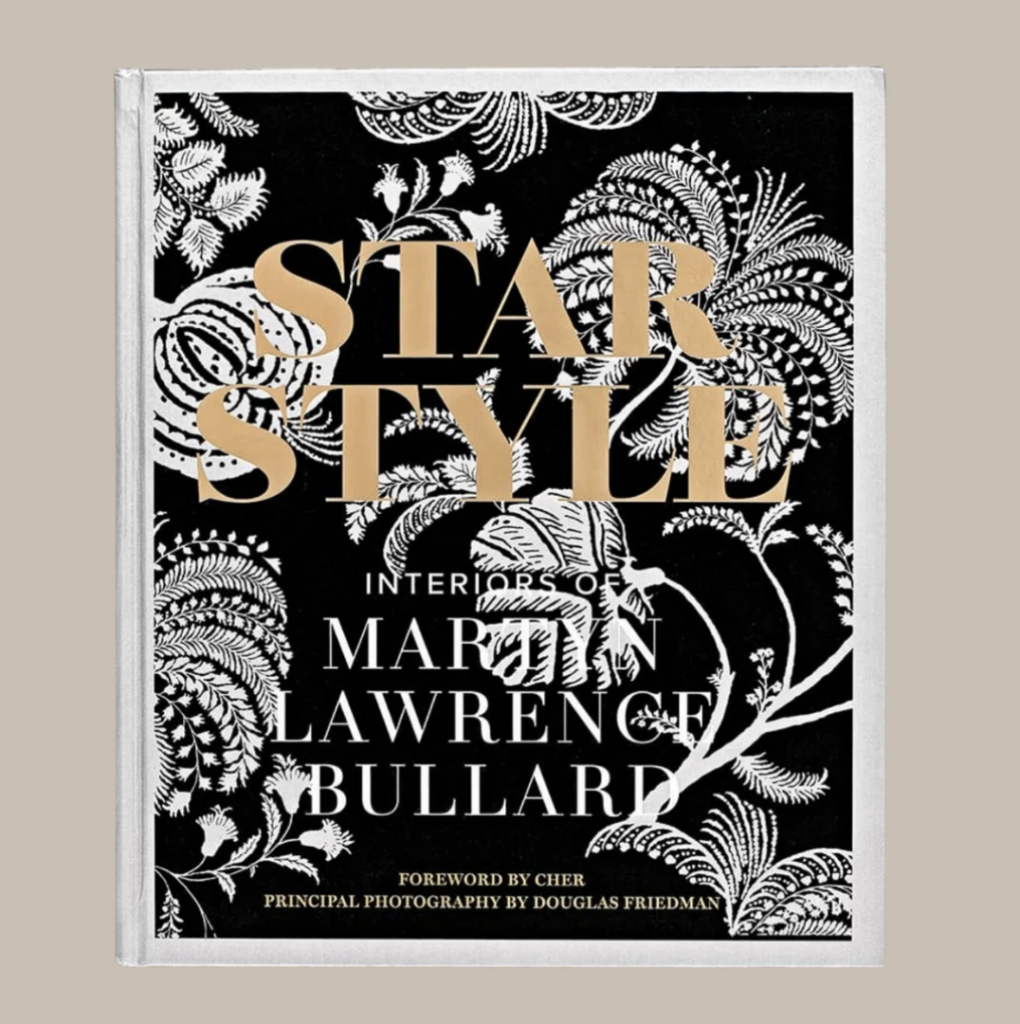
“’Star Style’ celebrates my 30-year anniversary. It was really important for me to have a book that showed everybody the thing that has made me really famous around the world, which has been my celebrity interiors. Even though some of my best interiors may not have been for famous people, the famous people are the ones the world wants to see and know about. That’s been part of my creative journey and why I’m still around 30 years later. I wanted to celebrate those incredible people who have let me work with them to create these amazing spaces for them. It was also surprisingly fabulous to look back at the finished book and see the diversity of the design I’ve done throughout the years.”
Your designs are globally inspired. What are some interesting places that have influenced your work, and can you share a specific example of this influence in a project?
“Travel is so important to me—the people and culture, and seeing how different people live. It inspires how you create a space for someone. It’s not just about the fabrics and flowers, it’s about how you live within that. Important places to me have been India, in particular Rajasthan, for the color and texture, and the passion for living. Whether you have $3 or $300 million, there’s a passion for living there in every part of its essence. I absolutely adore Istanbul, because it’s the East meets West and it’s the blend of the cultures. It was once the capital of the Roman empire, and now it’s this Muslim country with an amazing amount of eastern and western culture, and influences. There’s something incredibly amazing about understanding and experiencing that city. Paris has always had my heart, because I am an antique dealer at the bottom of all this, and I love Rome, because I’m half Italian and that half of me lies dormant until I get into Italy, at which point I explode with passion.”
You’ve designed residential and commercial spaces, from luxurious homes to high-end hotels. How does your design process differ when creating a personal home compared to a commercial space like a hotel or restaurant?
“Commercial spaces are very much about fantasy. Hotels and restaurants are where people go to experience something different than their home life, an experience that is memorable and becomes something special. You want to make sure a restaurant has an ambiance that is inviting, makes you feel sexy and like you’re doing something special. Restaurants, to me, must have an exciting moment. Hotels must have a sense of place. They should always announce where you are, what that culture and experience is about. You need to feel where you are and understand it, why you’re there, and the beauty, comfort and luxury of a hotel needs to be within your psyche forever and always drawing you back. That’s the secret to really good destination and commercial design.
“Residential design is about creating sanctuaries, spaces for people that are their haven. We are all pack animals at the end of the day, which means our homes become our special place. We must make it our special place and it has to be a mirror of our personality, and a place where when you invite people in, they get to see a different side of you that they didn’t know existed. That’s the magic of the home.”
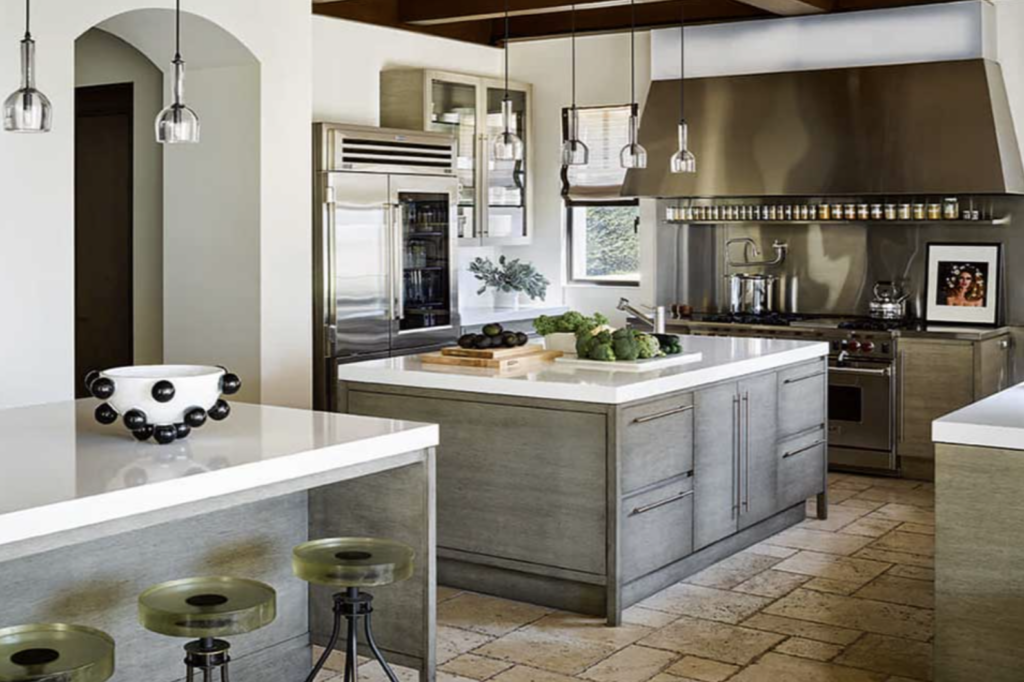
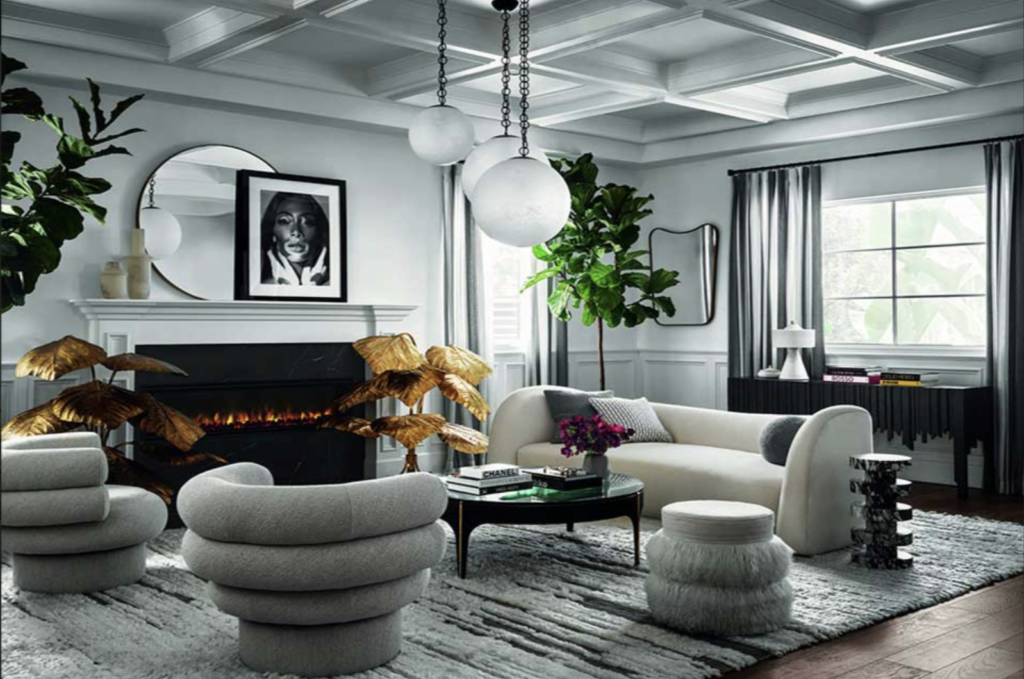
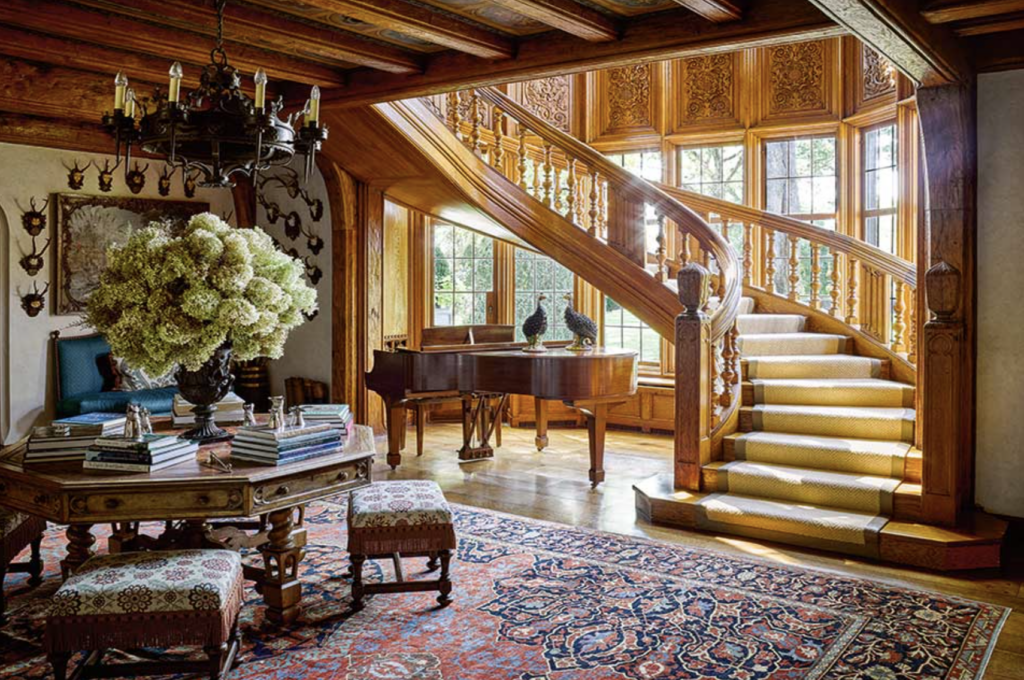
Do you have a favorite piece in your home?
“I’m a mad collector, so I collect photography, ancient fragments and headless figures, all this extraordinary Roman and Green ancient stone, and I have a big collection of Italian mid-century furniture. My collection is very vast and varied, so there are so many things that I love for various reasons. My favorite thing in my present home—because this house is where Andy Warhol once lived—are a pair of Andy Warhol sunsets in my living room. Not only do they represent this house, but there’s something dear about these incredible sunsets, the color saturation. If there was a fire, they’d be the first two things I’d grab, after my dog, of course.”
You are actively involved in various philanthropic efforts through your design work. Can you tell us more about a particular project or cause that you are passionate about?
“I’ve had the great luck of working with the Elton AIDS Foundation. They have saved African villages and resurrected the lives of women who have suffered unthinkable tragedies. They’ve done so many unbelievably extraordinary things in that field and have committed so deeply and desperately to improving people’s lives.
“There are several charities around the country, and one in L.A., that provide art education for children. All the art programs in downtown L.A. have been taken out of the schools, so I like to raise money to create an extra curriculum after school for anybody who has creativity inside them that they want to get out by doing painting, dance or acting classes, all those wonderful elements of the arts. This is a very important way forward for the next generations to be artists and creatives.”
As someone who has achieved significant success in the interior design industry, what advice would you give to aspiring designers who are just starting their careers? What are the key elements they should focus on to develop their own unique style?
“Travel! Go see the world. Go see your neighbors. Keep your eyes open. Look at everything. A bowl of fruit can inspire you for a color combination. Never think because you don’t have any money in your pocket that you can’t be inspired. And when you do open your own business, get the best accountant you can find. This is a business. It’s about making money, but also about guarding and taking care of your client’s money, and that creates respect within them and the business. So, the best accountant you can come up with is the most important element.”
Do you believe earning a degree in interior design is key to being successful in this industry?
“Schooling is amazing for the practicality and learning how to do CAD and understanding the business side of things—all the things I had no idea how to do and had to hire people to help me. But the reality of design is, it’s really inside of you, and it’s a passion inside of you that you can’t really learn. You have to ignite it from the inside and the greatest learning tool in life is to travel, experiencing new people, new places and new smells, and touching new things. It’s all about that, being hands on. Travel doesn’t mean going to Rome. It could be hopping on a bus and going to the next city over. Design is about keeping your eyes open, and letting the beauty and the ugliness seep in, and you deciding which is which. That’s what ignites your design journey.”
